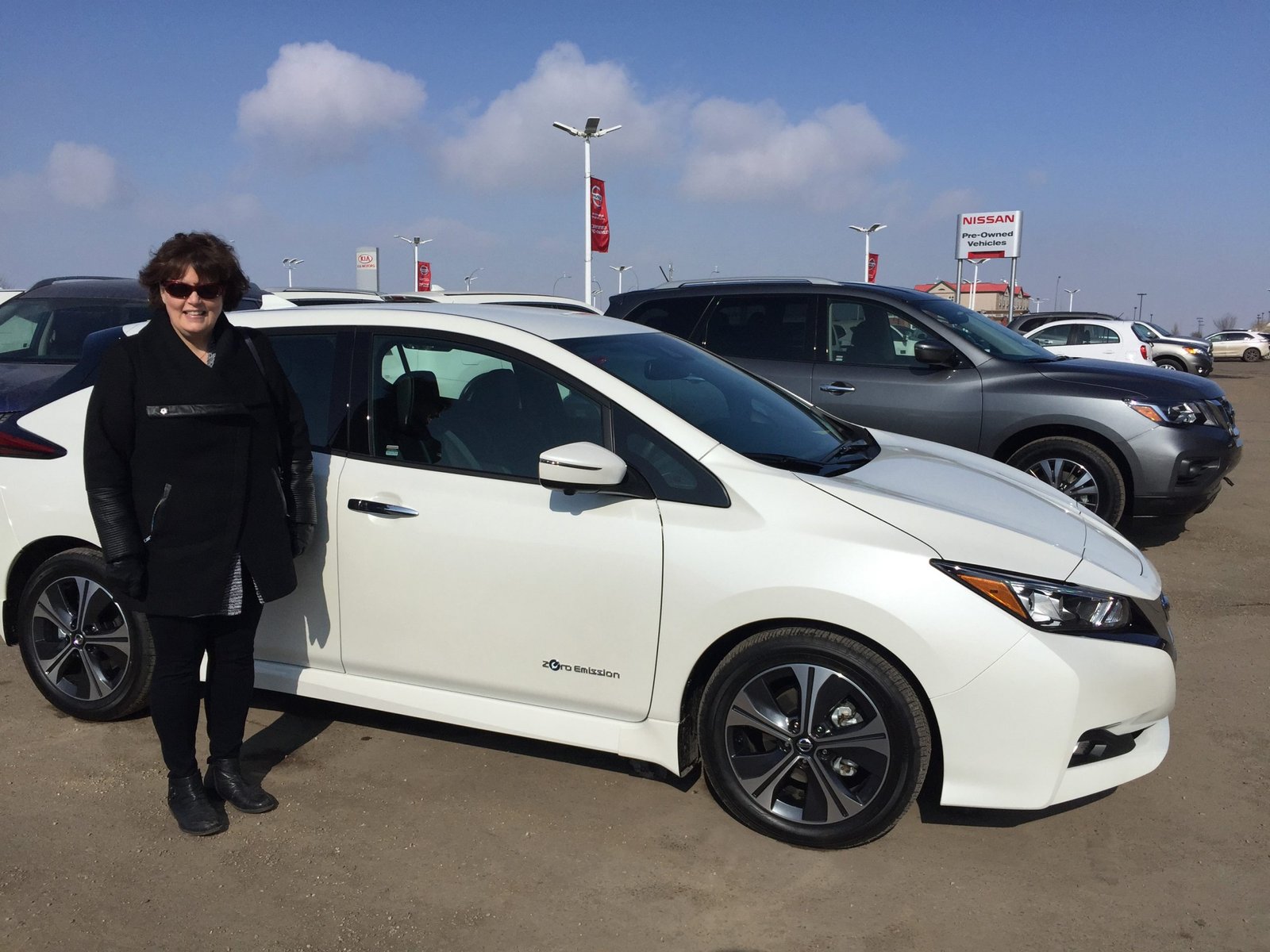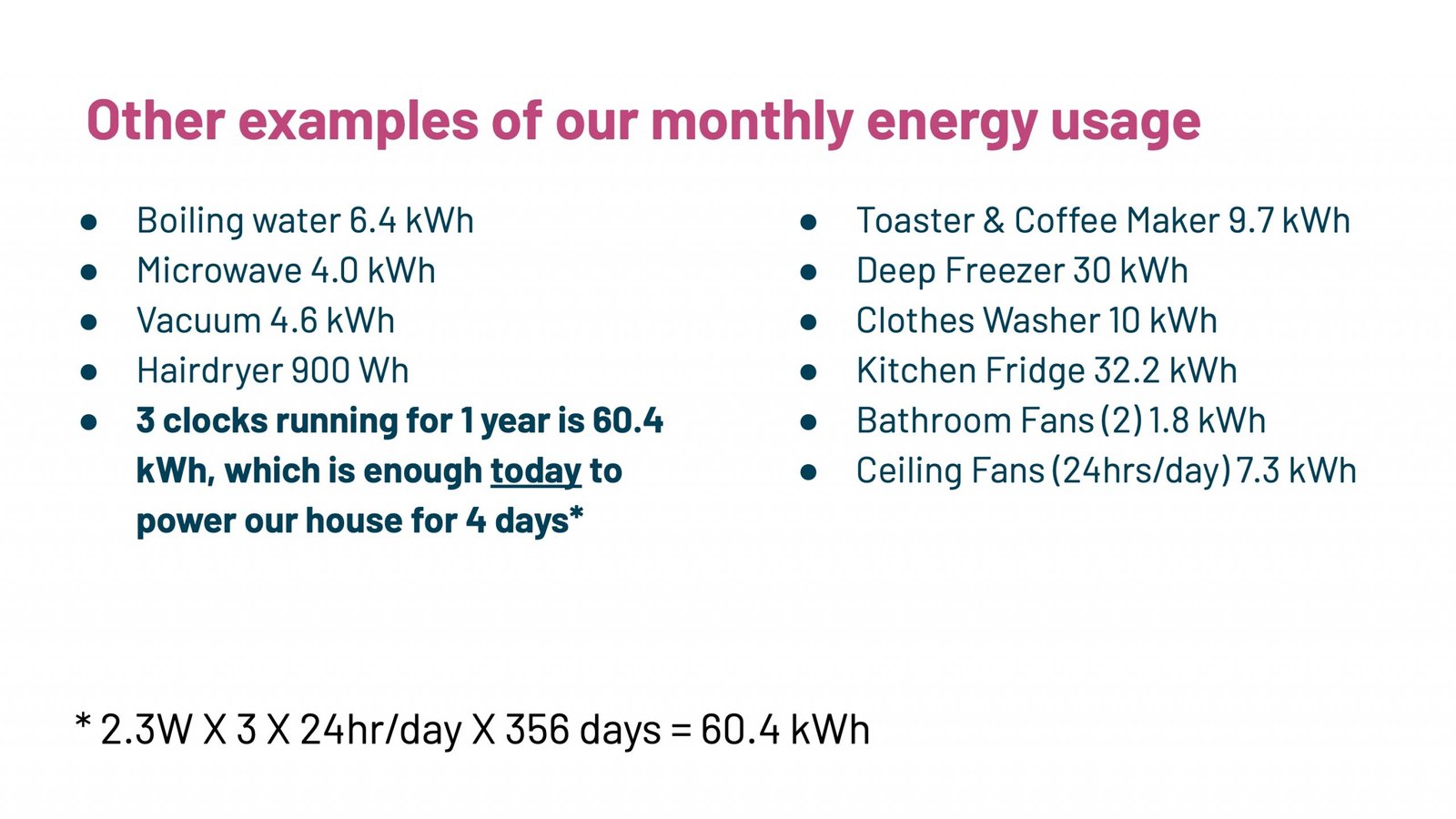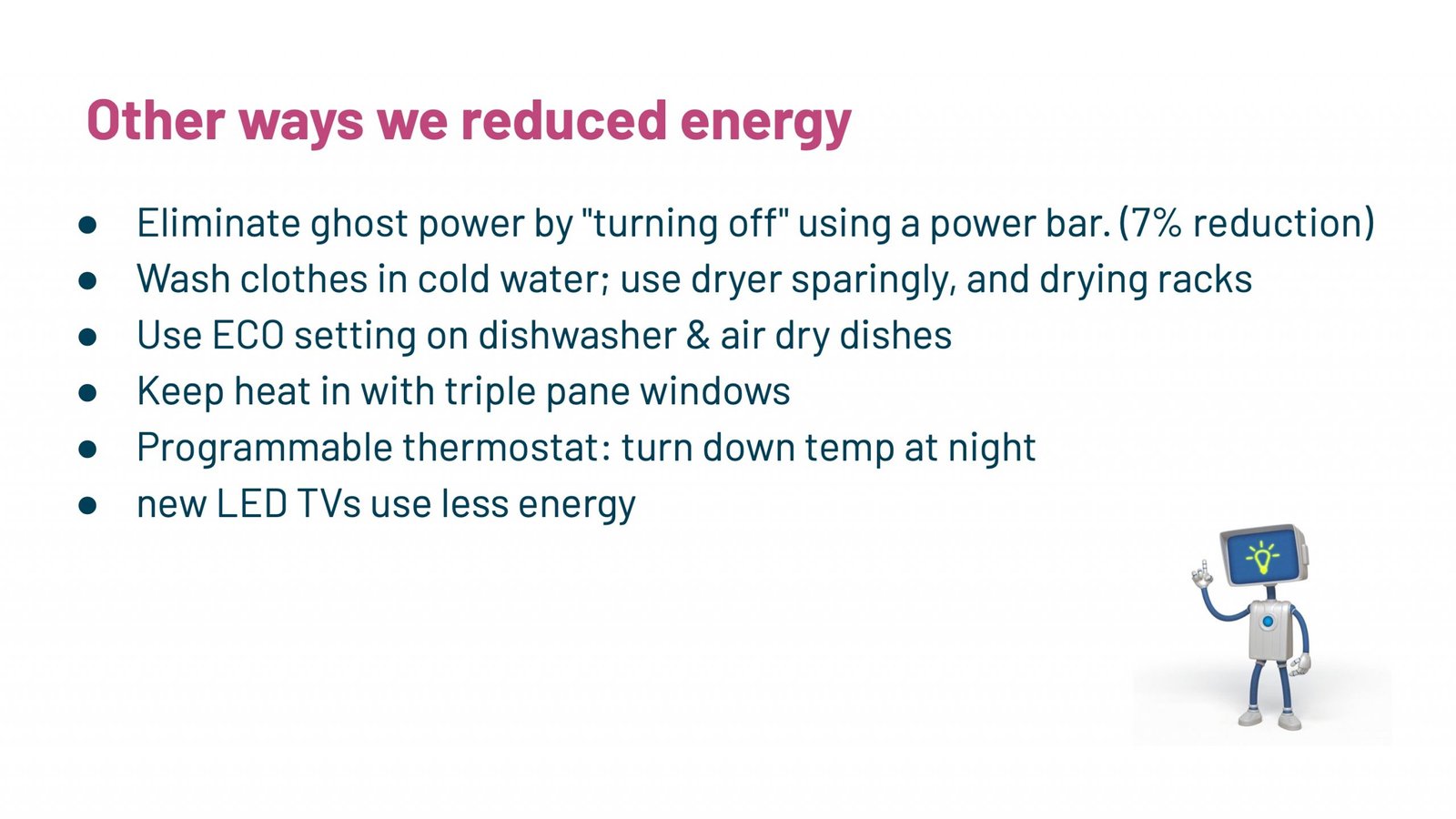By David Dodge
Ron Kube never thought twice about energy use in his home until he read an article about a neighbour who installed a solar system.
“I’d seen an article in the St. Albert Gazette, by Kevin Ma and that got me really excited,” says Ron who then went over to the neighbours house to see solar in action. “I said, wow, this is really cool. I need to learn more about this.”
But first question a good solar installer will ask you is ‘how much electricity do you use?’ Ron had no clue, so he gathered up a few years’ worth of utility bills and added them up. Ron even took a course with the Solar Energy Society of Alberta. He learned that the average home in Alberta uses about 7,200 kilowatt hours of electricity per year.
“I found out that we were using well over 12,000 kilowatt hours a year [almost double the Alberta average], so, the natural question was ‘where are all those electrons going?’” says Ron.
Being a professor of robotics Ron had a thing for spreadsheets and numbers so he went to town. He picked up a few power meters off of Amazon and “I started putting those plug meters into everything.” Appliances, fridge, microwave, entertainment system, and more–Ron measured everything in the house.
What surprised Ron is that the biggest use of electricity in the Kube home was lights.
“Well over 34 per cent of our monthly power bill was going to lighting.” This was a few years ago and Ron had not yet discovered the wonders of LED lights.
Ron’s guide to a solar-powered home and car
Right in the dining area of his home Ron found eight 100-watt light bulbs in one fixture. “They were turned on all the time,” recalls Ron.
For the record it would take 80 standard LED light bulbs to use that much electricity. We detailed what Ron learned about his electricity consumption in our previous story on “The Energy Detective.”
After reducing his electricity use Ron could now get a smaller solar system to cover the electricity use in his home.
So he installed 34 solar modules, 10 on the south facing garage roof and 24 on the east-facing roof of his home. This nine-kilowatt solar system would produce about 8,700 kilowatt hours of electricity per year a little more than he needed at the time.
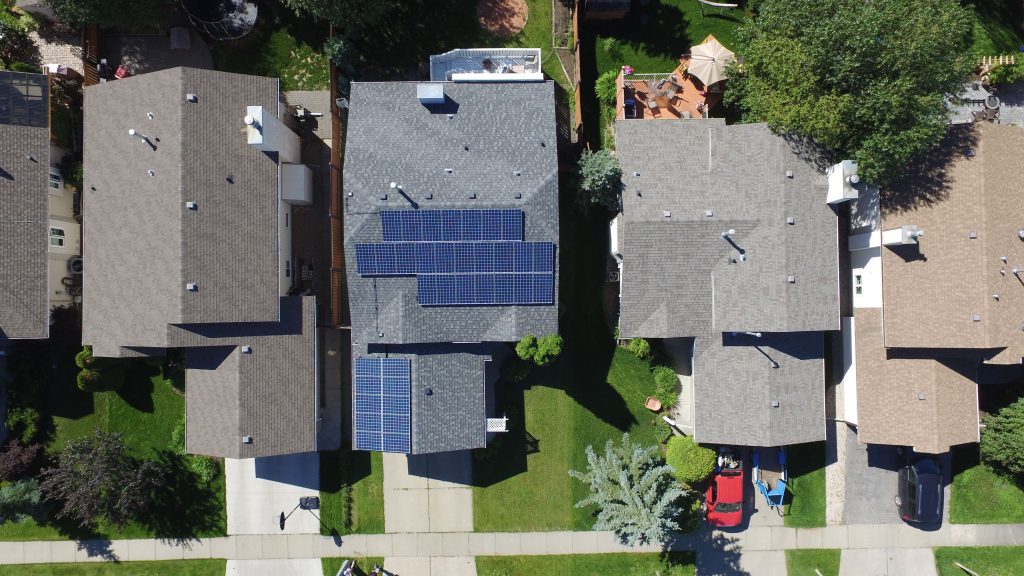
In Alberta you are allowed to produce as much solar electricity as you use.
But Ron didn’t stop there. After installing the solar system he kept learning more about energy efficiency and wound up cutting his electricity use by more than 50 per cent.
From 12, 500 kilowatt hours per year Ron slashed electricity use to ”just 5,200 kilowatt hours a year, which means that we started to overproduce electricity by about a 3,500 kilowatt hours a year.”
Most home solar owners get pretty excited about over producing electricity and selling it back to the grid as you are allowed to do. But Ron realized he would get only about $300 for the extra 3,500 kilowatt hours.
But then as the Grinch said, Ron got a “wonderful, awful idea.” What if he used that excess solar electricity to power and electric car.

Ron and his wife Carole bought a 2018 Nissan Leaf electric car and learned that offsetting gasoline is a much better way of using that power.
“We can go about 22,000 kilometers on the 3,500 kilowatt hours in a year and that’s saved us about $5,000 in gasoline [over two years] or about $2,500 a year in gasoline.”
Yup, by using his solar electricity for their car, Ron saved a bundle on gasoline that he would have purchased if he still used a gas-fueled vehicle.
And in turn this means Ron’s solar system will now pay for itself in just five years. And since solar modules are guaranteed for 25 years he will power his home and his car for almost free for 20 years.
One of the key motives for installing solar was also to reduce their greenhouse gas emissions and while energy efficiency and the solar system reduced emissions by 9 tonnes per year, switching to an electric car they were able to reduce their emissions by 6.7 tonnes more per year.
As for the electric car “My wife loves it. It heats up instantly. It’s extremely quiet. And when we do things like go out to the mountains, which is maybe three or four times a year before the pandemic, then we just rent a car,” says Ron.
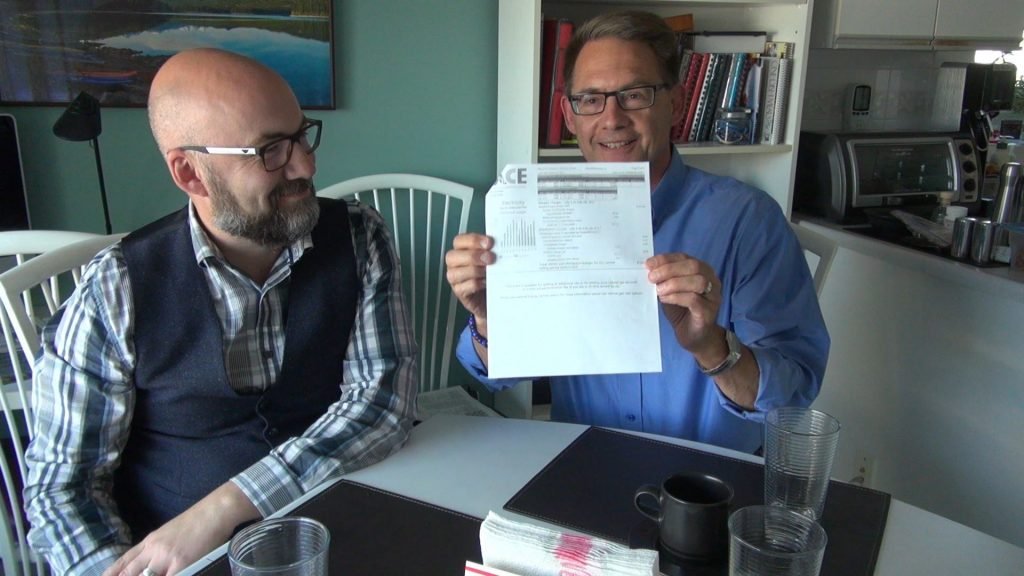
Ron learned so much about energy efficiency and solar that we dubbed him “The Energy Detective” here are Green Energy Futures and he’s given dozens of talks sharing his inspiring journey and the insights he’s gained.
In a world that desperately needs to reduce carbon emissions to stave off the worst effects of climate change, Ron has become the poster-boy for how small steps can add up to really big things.
Any one of the steps that Ron took would have made a difference, but with just the right amount of energy efficiency, the use of solar energy and an electric car Ron has created an amazing formula for dramatically reducing your footprint and saving money along the way.
